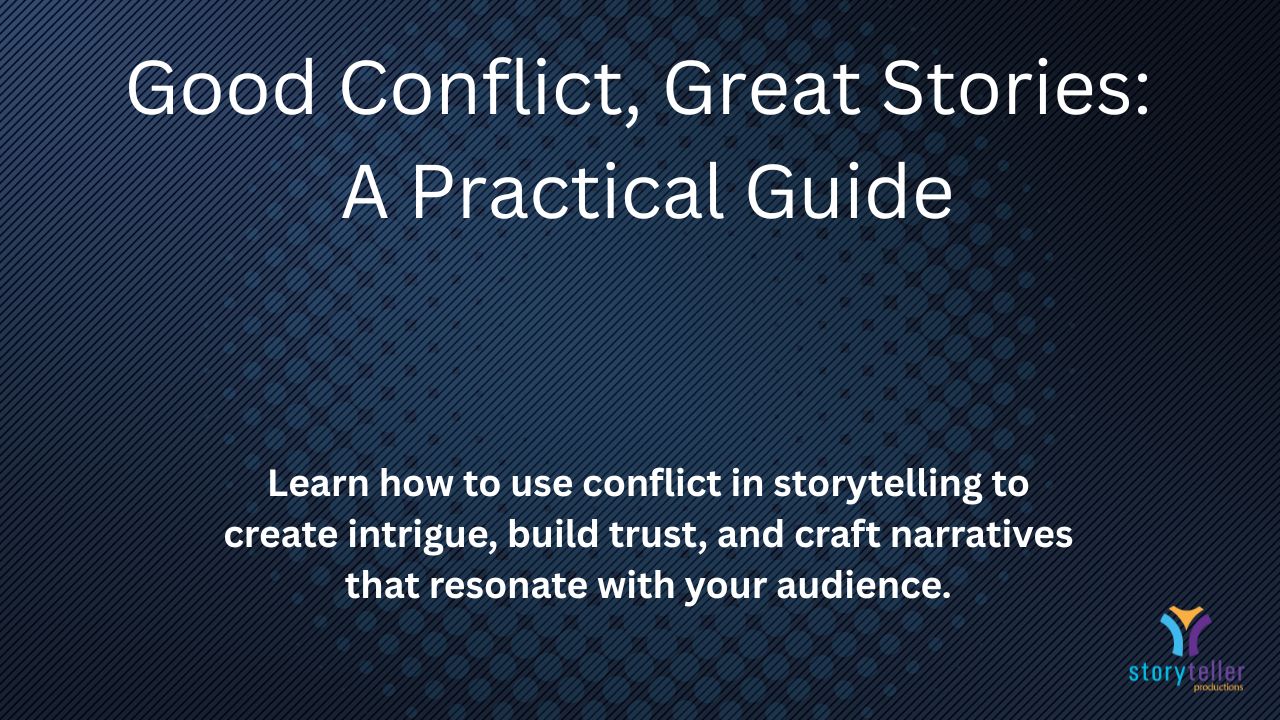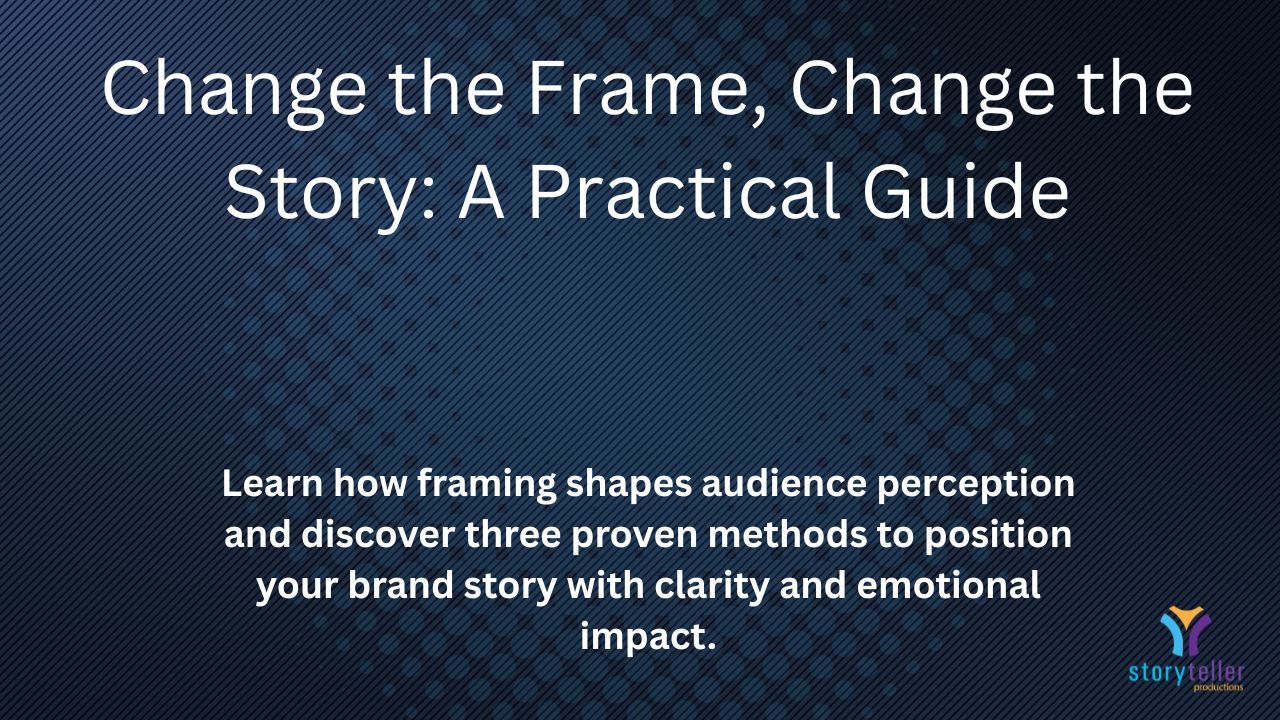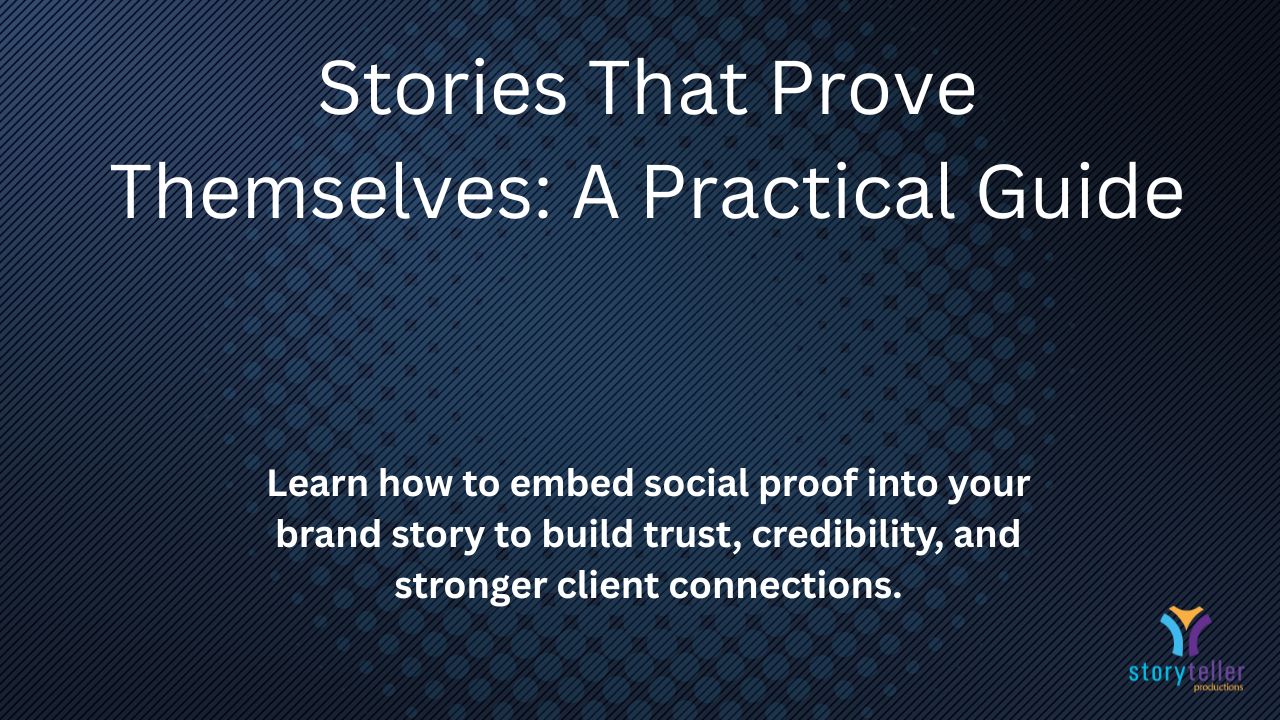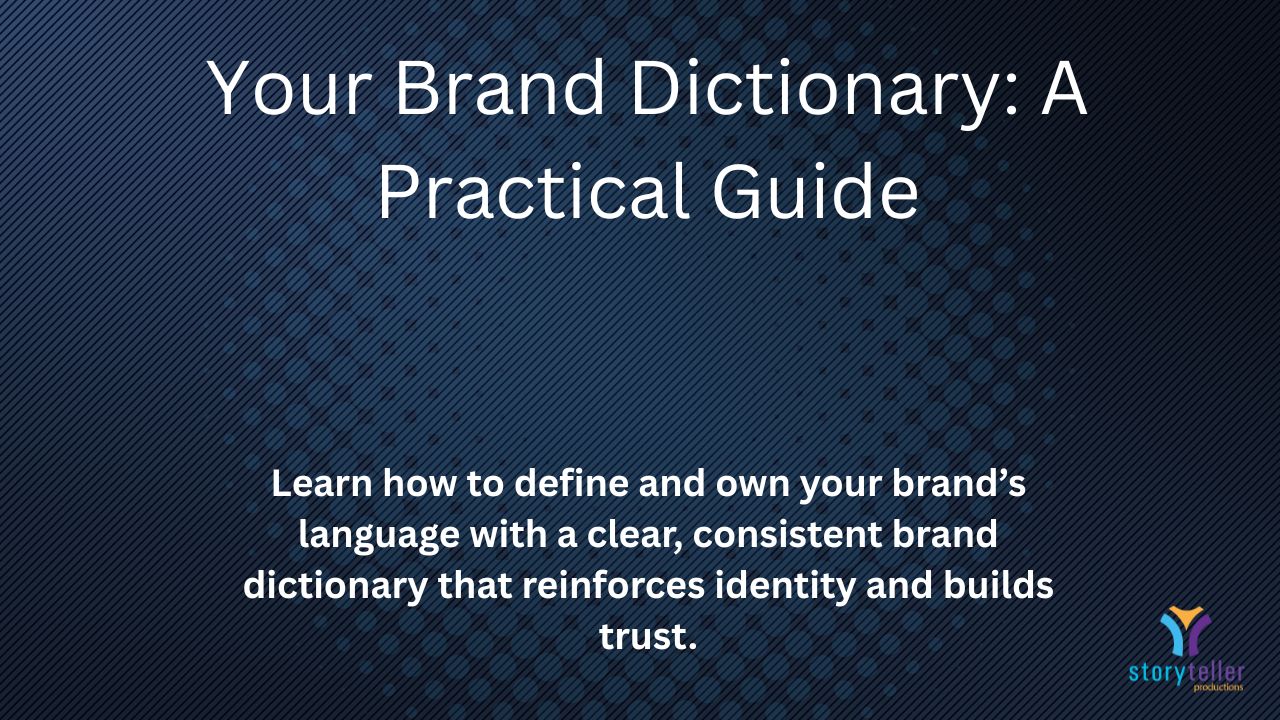When Words and Images Align: A Practical Guide
Ever been in a conversation where someone’s words don’t match their expression? They say “I’m fine” with a flat face, and you instantly know something’s off.
Brands do the same thing when their visuals and messaging don’t align. The copy says innovative but the design looks outdated. The words promise simplicity but the visuals are cluttered. That disconnect doesn’t just confuse your audience — it makes them trust you less.
When words and images align, the opposite happens. The story feels seamless. Your message carries more weight because it’s reinforced, not contradicted. Alignment is how your brand becomes believable.
Why Alignment Matters
Our brains process images in milliseconds, long before we absorb text. But it’s the words that tell us what to make of what we see. When the two work together, they:
- Clarify: Your audience immediately gets the point.
- Reinforce: Every touchpoint feels like part of the same story.
- Build trust: People believe what feels cohesive and whole.
Think of it like music. Lyrics without a melody feel flat. A melody without lyrics can feel incomplete. Put them together, and you have a song people remember.
Step 1: Run a Visual-Message Audit
Start by checking whether what you say and what you show match.
- Collect materials: Ads, social posts, website, pitch decks.
- Compare words and images: Do the visuals support the message? Do they evoke the right emotion?
- Seek fresh eyes: Ask teammates or even outside voices: “What does this feel like to you?”
Misalignment usually jumps out quickly — like a brand promising “premium” while showing clip art.
Step 2: Build a Visual Messaging Framework
A framework ties your words to your visuals.
- Key messaging statements: Your core messages.
- Visual cues for each: How do you represent those messages in imagery, color, and design?
- Alignment examples: Capture brands that do this well (Apple, Nike, Airbnb) as internal inspiration.
This isn’t about rules for rules’ sake. It’s about giving your team a shared map, so no matter who designs or writes, everything feels aligned.
Step 3: Implement Consistent Visual Guidelines
Once the framework is in place, translate it into guidelines people can actually use.
- Colors: Primary and secondary palettes that echo your brand values. (Trust often looks like blue. Energy often looks like red.)
- Typography: Fonts that carry your voice. (Formal serif vs. modern sans-serif vs. playful script.)
- Imagery styles: Decide upfront. Action shots? Lifestyle photos? Abstract graphics? Consistency matters more than perfection.
This is where the dictionary of your visual language lives.
Real-World Proof
- Apple: Minimalist visuals and clean copy that both whisper innovation, simplicity, elegance. Nothing extra. Nothing cluttered.
- Coca-Cola: Red and white. Smiling faces. Language about joy and togetherness. Their words and visuals harmonize into the same emotional register: happiness.
- Airbnb: Images of real people in real homes, paired with copy about belonging and adventure. Visual and verbal cues reinforce the same invitation: you belong here.
- Nike: “Just Do It” paired with gritty, powerful images of athletes. The message of determination isn’t just spoken — it’s seen.
Actionable Insights
- Schedule audits: At least twice a year, review everything to check alignment.
- Leverage tools: Use brand management software or shared style libraries to keep things consistent.
- Train your team: Everyone — from social media managers to freelance designers — should understand the visual messaging framework.
Closing Thought: Alignment Builds Believability
Words without visuals feel incomplete. Visuals without words lack meaning. Misaligned, they feel like a lie.
But when they work together, they create a seamless brand story people can see, hear, and believe.
Reflection Question: Where in your brand materials do your visuals and words feel out of sync? And how would your audience’s trust shift if everything spoke the same language?




